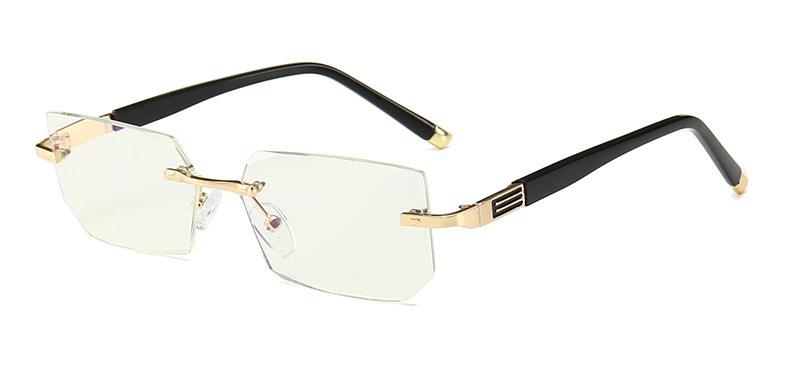

According to the epidemiological survey of refractive state distribution, the degree of refractive error of highly hyperopic patients rarely reaches the correction range required by aphakic eyes (+10.00~+14.00D).
With the widespread use of resin ophthalmic lenses, highly hyperopic people do not have to endure the weight of glass lenses. Generally, selecting a suitable spectacle frame to reduce the amount of movement of the lens can reduce the thickness of the ophthalmic lens, that is, a so-called knife-thin lens. The application of the surface of the aspherical surface reduces the weight, thickness, curvature and magnification of the ophthalmic lens. The introduction of a high refractive index material can further reduce the thickness of the ophthalmic lens.
Looking at the height of the hyperopic wearer from the front, the front surface of the positive lens typically produces a specular effect that hides the wearer's glasses and also interferes with the wearer's vision. Therefore, an anti-reflection film is required for these ophthalmic lenses. Another method is to reduce this reflection by limiting the object field of view. The size of the reflecting surface of the spherical lens is proportional to the field of view of the object and inversely proportional to the radius of curvature. Therefore, by selecting a small-sized frame, the field of view of the object can be reduced, and the optical lens with the smallest possible size can be selected while ensuring the optical quality. Curvature can reduce the object field of view. The small frame can also reduce the thickness and weight of the ophthalmic lens at the same time, and the smaller curvature of the ophthalmic lens can reduce the magnification.